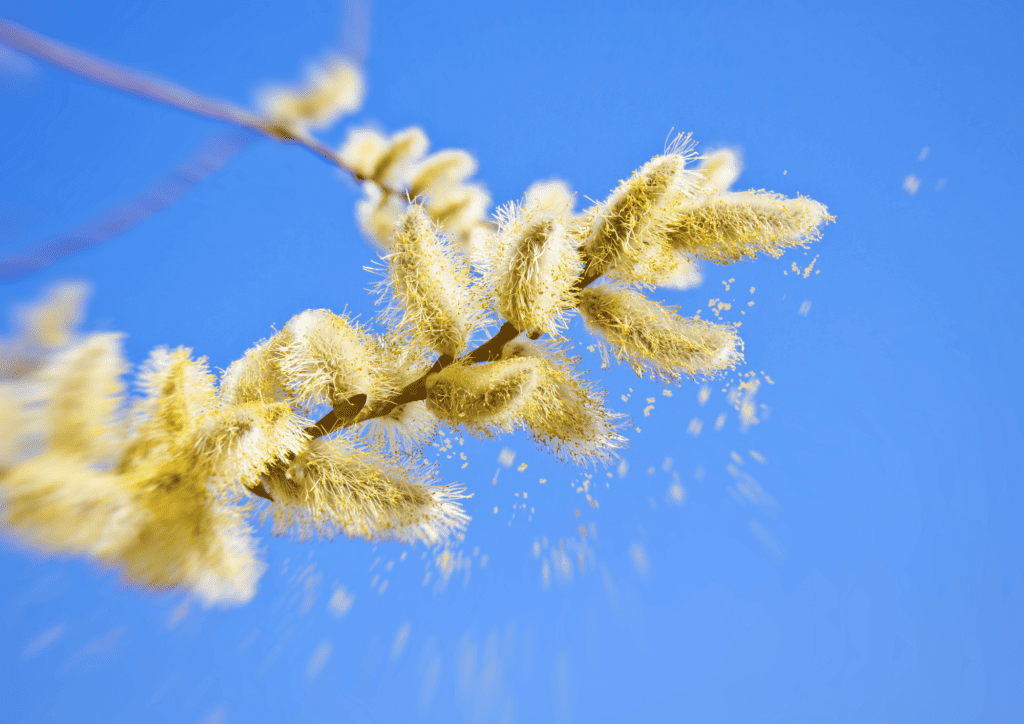As we take in the vibrant hues of spring, we know it’s also time to gear up for the impact of seasonal allergies. The blooming flowers and budding trees bring bursts of color to our yards and neighborhoods after winter, but they also release a barrage of pollen that can turn this picturesque season into a period of discomfort. Ally Medical Emergency Room’s Dr. Jeremy Kenter will dive into the common spring allergens we see, discuss effective treatment options, and highlight when it’s crucial to seek medical attention to manage symptoms.
Spring Allergens: What’s in the Air?
Tree pollens lead the charge in early spring. In Austin, oak, elm, and ash are the primary culprits, while Houston sees a mix of oak, pine, and cedar. As spring progresses, grass pollens take over, adding to the allergy burden.

Recognizing Allergy Symptoms
Seasonal allergies manifest as the body’s response to these seemingly innocuous pollens and molds. Symptoms often include sneezing, a runny or congested nose, itchy eyes, and throat discomfort. While some may experience mild inconveniences, others might find their daily lives significantly disrupted by these symptoms.
“Dealing with spring allergies effectively requires a multi-faceted approach, combining preventive measures with symptomatic treatments,” Dr. Kenter said.
Reducing Exposure
- Pollen Tracking: Stay ahead of high pollen days by monitoring local pollen counts and planning outdoor activities accordingly.
- Home Air Quality: Utilize air purifiers with HEPA filters to capture indoor allergens and maintain a regular cleaning schedule to minimize dust and mold.
- After Outdoor Activities: Changing clothes and showering after being outdoors can significantly reduce pollen transfer into your living spaces.
Medication Options
- Antihistamines: These medications can relieve itching, sneezing, and runny nose symptoms and are available over the counter or by prescription.
- Decongestants: Useful for short-term relief from nasal congestion, but they should be used sparingly.
- Nasal Corticosteroids: Prescription nasal sprays are highly effective for reducing nasal inflammation and treating allergic rhinitis.
Knowing When to Seek Professional Help
While many manage their allergy symptoms with over-the-counter remedies, there are times when professional intervention is necessary:
- Unresponsive Symptoms: If standard treatments provide little to no relief, it’s time to consult an allergist for a personalized treatment plan.
- Quality of Life Impact: When allergies disrupt sleep, work, or school, professional advice can help find more effective solutions.
- Signs of Complications: Symptoms like severe sinus pain, chest tightness, or difficulty breathing indicate the need for immediate medical attention, as they could signify more serious conditions like sinusitis or asthma.
“Springtime brings a mix of beauty and challenges, with seasonal allergies being a significant hurdle for many,” Dr. Kenter said. “By understanding the prevalent allergens, employing effective management strategies, and recognizing when to seek medical advice, residents can better navigate this season.”
With the right approach, the joys of spring can be embraced, allowing everyone to revel in the splendor of Texas’s great outdoors, despite the pollen in the air.


